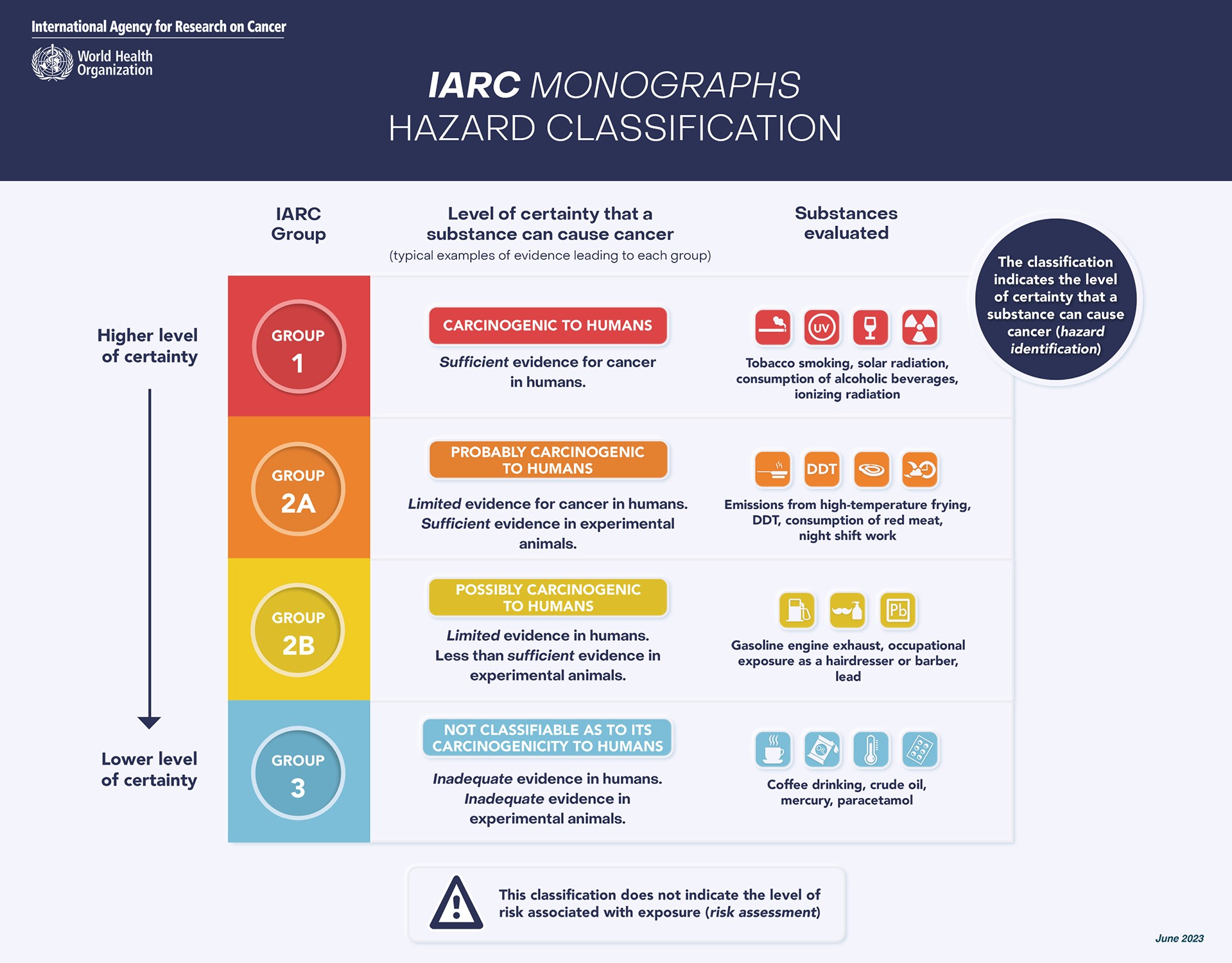Aspartame, a widely used artificial sweetener, has once again come under scrutiny. Recent assessments by the International Agency for Research on Cancer (IARC) and the World Health Organization (WHO) have sparked new questions about its safety. If you’re wondering “Why Is Aspartame Bad For You,” you’re not alone. This article delves into the findings of these leading health organizations to provide a comprehensive understanding of the current concerns surrounding aspartame and its potential health impacts.
Aspartame: A Sweetener Under the Microscope
Since the 1980s, aspartame has become a staple in countless food and beverage products marketed as sugar-free or diet options. From your morning diet soda to chewing gum, yogurt, and even certain medications, aspartame is prevalent. But what exactly is aspartame, and why is its safety being questioned now?
Aspartame is a chemical sweetener, meaning it’s produced synthetically rather than derived from natural sources. Its appeal lies in its intense sweetness – far greater than sugar – with minimal calories. This has made it a popular choice for individuals looking to reduce sugar intake and manage weight.
However, the recent classifications by IARC and JECFA have brought potential downsides to the forefront, prompting many to reconsider their consumption of products containing this sweetener.
IARC Classifies Aspartame as “Possibly Carcinogenic”
 IARC classification levels for agents causing cancer in humans
IARC classification levels for agents causing cancer in humans
The International Agency for Research on Cancer (IARC), a specialized agency of the WHO, has classified aspartame as “possibly carcinogenic to humans” (Group 2B). This classification is based on what IARC describes as “limited evidence” linking aspartame to cancer in humans, specifically hepatocellular carcinoma, a type of liver cancer.
It’s crucial to understand what “possibly carcinogenic” means in the IARC context. This classification doesn’t mean that aspartame definitely causes cancer. Instead, it signifies that there is some evidence suggesting a potential cancer hazard, but this evidence is not conclusive. The classification is based on the strength of evidence, not the level of risk at typical exposure levels.
IARC’s evaluation also noted “limited evidence” of cancer in animal studies and “limited evidence” regarding the potential mechanisms by which aspartame could cause cancer. Dr. Mary Schubauer-Berigan from the IARC Monographs programme emphasized the need for further research to gain a clearer understanding of the potential carcinogenic hazards associated with aspartame consumption.
JECFA Reaffirms Acceptable Daily Intake
In contrast to IARC’s hazard identification, the Joint Expert Committee on Food Additives (JECFA), a committee administered jointly by the WHO and the Food and Agriculture Organization (FAO), focuses on risk assessment. JECFA reaffirmed the acceptable daily intake (ADI) for aspartame, which remains at 0–40 mg/kg of body weight. This ADI has been in place since 1981 and is based on extensive reviews of safety data.
JECFA concluded that, based on their review of available data, there is “no sufficient reason to change the previously established acceptable daily intake (ADI).” They maintained that it is safe to consume aspartame within this limit daily. To put this into perspective, an adult weighing 70kg would need to consume between 9 to 14 cans of diet soda per day (containing 200 or 300mg of aspartame per can) to exceed the ADI, assuming no other aspartame intake from other food sources.
Dr. Moez Sanaa, WHO’s Head of the Standards and Scientific Advice on Food and Nutrition Unit, stated that JECFA considered evidence regarding cancer risk in both animal and human studies, but concluded that the association between aspartame consumption and cancer in humans is “not convincing.” However, like IARC, JECFA also called for “better studies with longer follow-up” to further investigate potential links.
Hazard vs. Risk: Understanding the Difference
It’s important to distinguish between hazard and risk when interpreting these assessments. IARC’s classification is a hazard identification – it identifies whether an agent could cause cancer under any circumstances. It doesn’t measure the likelihood of cancer occurring at typical exposure levels.
JECFA, on the other hand, assesses risk, which considers the probability of harm occurring under specific conditions and exposure levels. While IARC identified aspartame as a possible hazard, JECFA concluded that the risk to consumers is low when aspartame is consumed within the established ADI.
Think of it like this: a knife is a hazard because it can cause harm. However, the risk of getting hurt by a knife is low if you use it carefully and as intended. Similarly, IARC has identified aspartame as potentially hazardous, but JECFA suggests the risk is manageable at current consumption levels within the ADI.
What Does This Mean for Your Aspartame Consumption?
The key takeaway from these assessments is not necessarily to eliminate aspartame entirely from your diet, but to be informed and consume it in moderation. Both IARC and JECFA emphasize the limitations in the current evidence and the need for more research.
For most consumers, staying within the JECFA’s recommended acceptable daily intake is considered safe. This means that moderate consumption of products containing aspartame, such as diet drinks and sugar-free foods, is unlikely to pose a significant health risk based on current scientific understanding.
However, for individuals who consume very high amounts of aspartame daily, or those who are concerned about the “possibly carcinogenic” classification, it may be prudent to reduce their intake. It’s always advisable to maintain a balanced diet and be mindful of your overall consumption of artificial sweeteners and processed foods.
The Ongoing Need for Research
Both the IARC and JECFA reports underscore the necessity for continued research into aspartame and its potential long-term health effects. Areas requiring further investigation include:
- Longer-term human studies: Studies with extended follow-up periods and more detailed dietary assessments are needed to strengthen the evidence base regarding aspartame and cancer risk in humans.
- Mechanistic studies: Research into the biological mechanisms by which aspartame might potentially contribute to cancer development is crucial for a more complete understanding.
- Specific populations: Further research could focus on specific populations, such as individuals with metabolic conditions or those with high aspartame consumption, to assess potential variations in risk.
The WHO and IARC have committed to ongoing monitoring of new evidence and encourage independent research to further explore the relationship between aspartame exposure and consumer health outcomes. As science evolves, our understanding of aspartame’s effects will continue to refine.
Making Informed Choices
The recent assessments of aspartame highlight the complexities of food safety and the importance of ongoing scientific evaluation. While IARC has flagged aspartame as a possible hazard, JECFA maintains that it is safe within established daily limits.
Ultimately, the decision of whether or not to consume aspartame-containing products is a personal one. By understanding the current scientific landscape, including the nuances of hazard versus risk and the recommendations of leading health organizations, you can make informed choices that align with your individual health priorities and concerns. Staying informed about future research developments will also be key in navigating this ongoing discussion about aspartame and its place in our diets.
